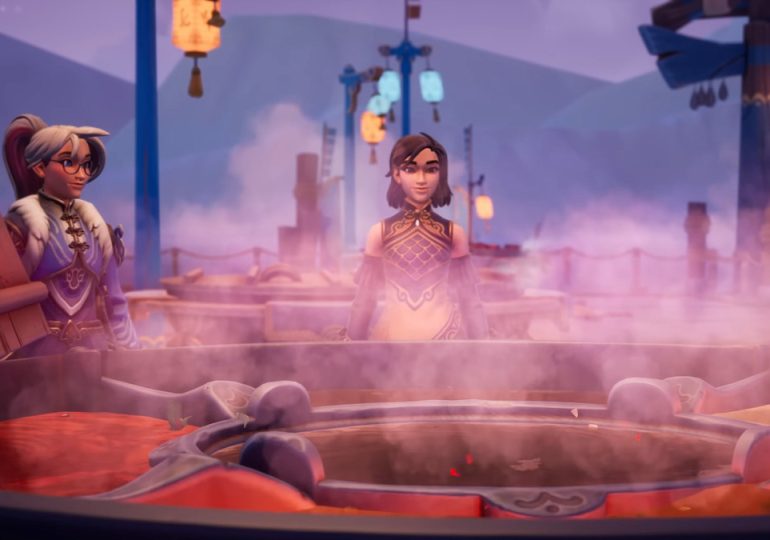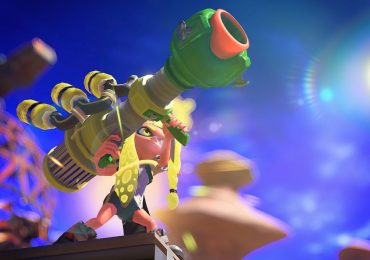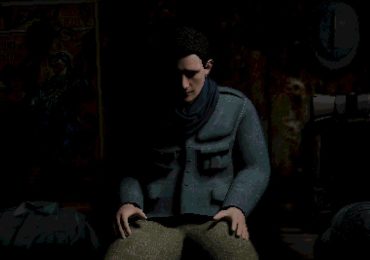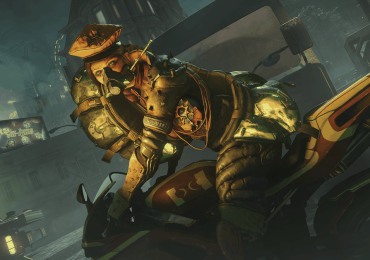I’ve been having a good time during Palia’s new Luna New Year event, often just logging on to wander down to the fairgrounds and check something out at the festival. Players can gather around massive hot pot tables to play cards, chase down mischievous chapaas, and make wishes at a massive tree with lanterns hanging off its boughs.
This is the second iteration of the game’s Maji Market event, and developer Singularity 6 has beefed up the content on offer. The result is a world that feels like it’s moving forward, which adds a sense of history and progression not often found in games like this. The ability to buy more adorable plushies and cosmetics at the market to put in my home is just the cherry on top.
Palia is a Stardew Valley-style life simulator that takes place in a calm and relaxing magical world. Humanity has recently reemerged after an ancient magical cataclysm and has been integrated into the society of Majiri, purple elf-like folk who live alongside the cattish Grimalkin and the golem-inspired Galdur. The villagers of Kilima Valley and Bahari Bay teach the player skills like hunting, fishing, gardening, and mining. It’s a relaxing game, and its chill nature has earned it a regular spot in my gaming rotation.
What makes Palia so interesting is that it’s a work in progress; Singularity 6 is adding new content regularly, like the elemental temples scattered around Bahari Bay and, of course, the Maji Market. The original Maji Market launched last year in a fairly rough state. There was a handful of vendors that offered goods for the new event currency, the only regular activity you could repeat was the chapaa chase, and the early rewards for it were rough. Singularity 6 tweaked rewards and made the experience much less of a punishing grind, but it was still a little threadbare.

The Luna New Year event hosts the return of the Maji Market, and there are way more activities this time around. This is narratively framed as an expansion of the Valley, and it feels like I’m seeing the world progress around me. The first Maji Market was a cute little provincial affair, but this time, the local monk is involved to help watch over the wish tree and provide guidance, there are more vendors, and there’s more of a sense of ceremony to it all. It feels as though the village is growing and becoming more prosperous, and I can’t help but feel a little bit of pride in seeing all of my friends in the Valley working together.
This kind of advancement is something that Palia has dabbled in; after completing the main quests, players can meet the first new villager: Subira, a member of the mysterious Order. Her arrival does a lot to make me feel like the quests I work on matter and have some kind of impact, which is great.
The same is true for the new Maji Market. After helping everyone with their interpersonal drama and solving the economic crisis of the Daiya farm in the game’s normal content, it makes sense that the seasonal market would grow and prosper. I’ve been enjoying the process of starting my day in the garden, moving to Bahari Bay to hunt and forage, and then heading to the Maji Market to wind down. I’m gathering lucky envelopes, and I’m sure I’ll enjoy spending them all on recipes and rewards, but for now, I’m just playing the game for the simple pleasure of having fun and hanging out with my villager friends.








